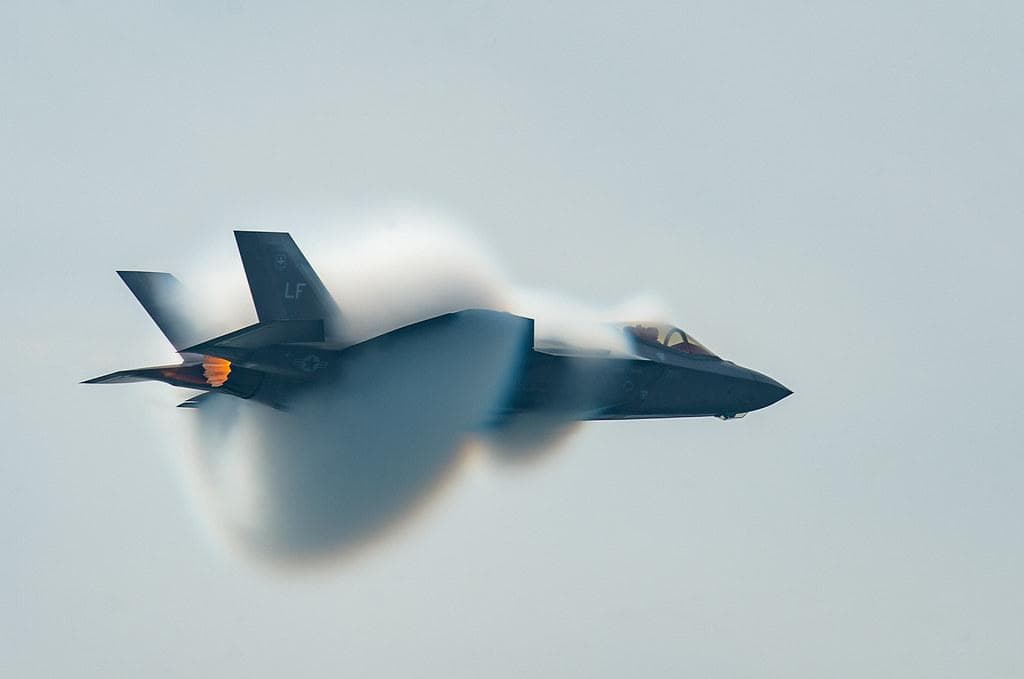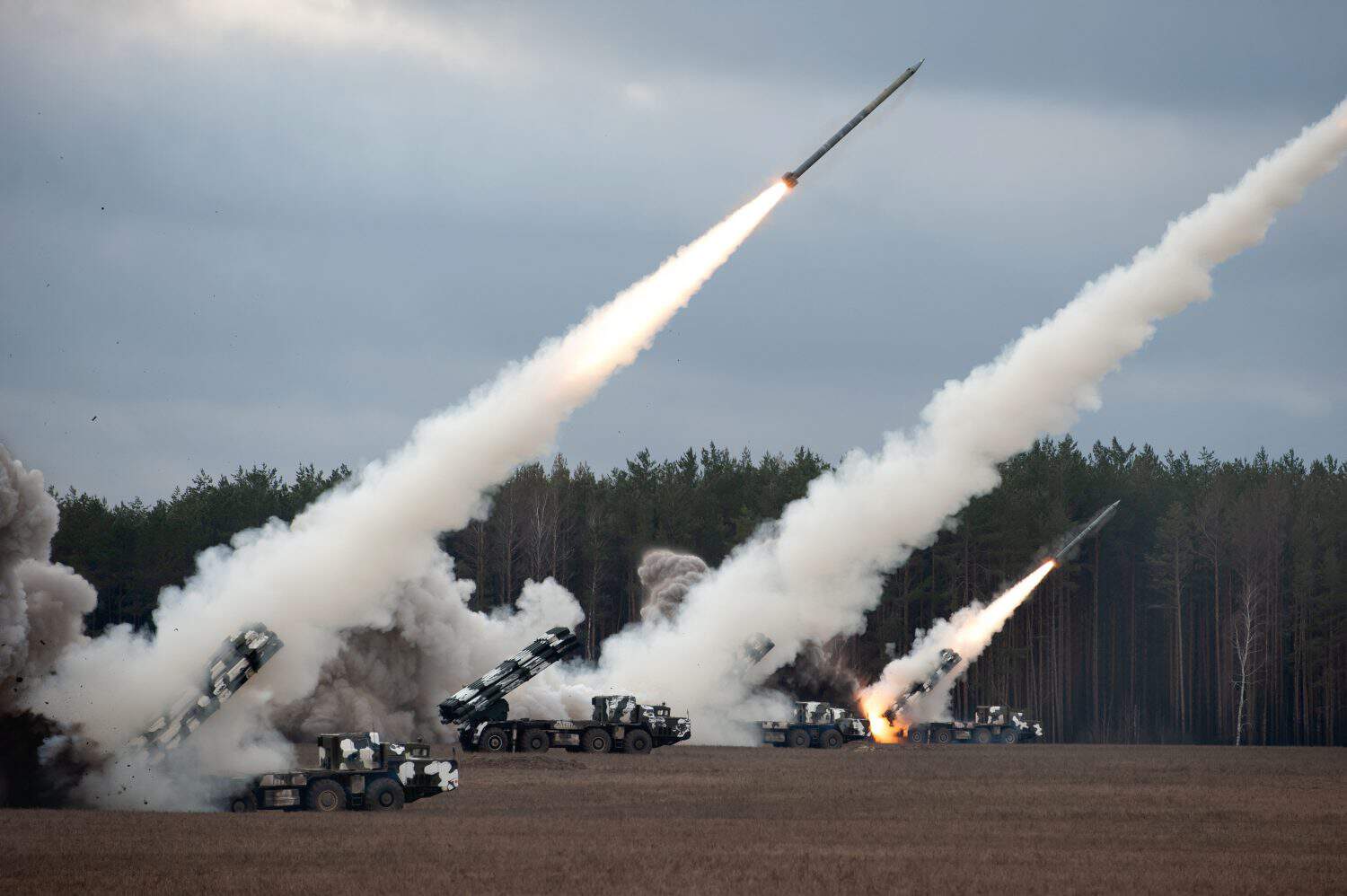
Defense stocks tend to do well under a Republican administration. With Donald Trump winning the presidency and Republicans controlling both houses of Congress, the sector is expected to be a winner.
Yet there remains some doubt. During Trump’s first term, no new wars were started, becoming the first president since Jimmy Carter to not get the U.S. involved in a military conflict. Assuming he carries that posture through his second term, plus requires allies to pay a greater percentage for their own defense, some analysts believe defense stocks might not be the winning investments many think.
However, I remain bullish on the sector. Upgrading and replenishing our own inventories and stockpiles will necessitate further defense spending. The war in Ukraine has seriously depleted our military readiness and will need to be rebuilt.
And even if our allies shoulder more of the cost of their own military budgets — currently the U.S. spends more than the next 10 largest countries combined — they will buy much of their materiel from U.S. defense contractors. It is why I’m bullish on defense stocks and see these two contractors as ones to buy for a Trump presidency.
24/7 Wall St. Insights:
- Defense stocks seem a natural winner during a Trump presidency, especially with a Republican-controlled House and Senate.
- Global hostilities remain hot and rebuilding the U.S. military’s capabilities remains a central tenet of the incoming administration.
- If you’re looking for some stocks with huge potential, make sure to grab a free copy of our brand-new “The Next NVIDIA” report. It features a software stock we’re confident has 10X potential.
Lockheed-Martin (LMT)

It’s tough to ignore the world’s biggest defense contractor, Lockheed-Martin (NYSE:LMT), which generated almost $67.6 billion in revenue last year, almost wholly from government contracts. Revenue is up 7.6% over the first nine months of 2024.
Lockheed manufactures the F-35 Lightning II, the world’s most advanced fighter jet, and it is the contractor’s largest program. The F-35 represents 26% of Lockheed’s total revenue. It is not only the cornerstone of the U.S.’s military aircraft, but also our allies.
Israel, Germany, Canada, and more are all significant customers for the F-35 program. Additionally, Lockheed also produces the Patriot missile defense system, Javelin anti-tank weapons system, Black Hawk helicopters, Trident ballistic missiles, and NASA’s Orion spacecraft.
Make no mistake, it’s not a straight path higher. For instance, Lockheed is still waiting for government budget approval on Lots 18 and 19 of the F-35 program representing some $700 million in revenue. Not a significant sum considering the size of the overall program, and it will likely be approved as the contractor continues building the lots, but it highlights the vagaries of government funding.
Still, LMT stock is a solid pick for a winning defense play under Trump 2.0.
RTX (RTX)

It may seem just as obvious then that the second-largest defense contractor also makes a smart investment. RTX (NYSE:RTX) (formerly Raytheon, until it merged with United Technologies) says it is “in one of the strongest demand periods in our history,” though much of that demand has been a result of the Ukrainian conflict.
It is also a contractor for the Patriot and Javelin programs, as well as Stinger missiles, high-speed, anti-radiation missiles (HARMS), and national surface-to-air missile systems (NASAMS). It is one of the U.S.’s premiere missile manufacturers.
Yet RTX’s business is fairly evenly spread over its three operating segments: Raytheon (missiles), Collins Aerospace (aircraft components), and Pratt & Whitney (aircraft engines). All are generating approximately $20 billion, respectively, in year-to-date sales and represent both domestic and international customers.
Admittedly, that is one risk RTX faces during a Trump presidency. Because the once-and-future president has called for across-the-board tariffs of 10% to 20%, RTX could face backlash from foreign governments in its aeronautics business. Still, the company has a physical presence in many international markets, so any negative fallout could be mitigated.
RTX stock is up 47% year-to-date, but only 2% since the election. While it trades at elevated valuations, and was significantly cheaper before hostilities broke out in Ukraine, it still has strong tailwinds pushing it forward. They make RTX one stock to own for at least the next four years.
Thank you for reading! Have some feedback for us?
Contact the 24/7 Wall St. editorial team.





